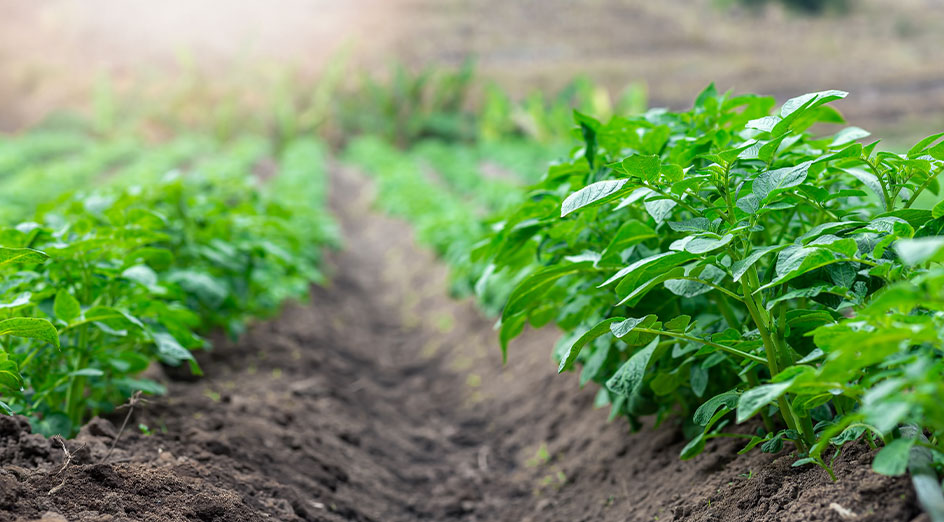A new study from The University of Western Australia has found that adding the fatty acid known as lauric acid to microalgae in organic fertiliser slows down the release of mineral nitrogen when applied to soil, which has potential impacts for better crop yields and plant health.
“This suggests that treating microalgae with lauric acid has the potential to be a controlled-release fertiliser, which can help control nitrogen loss and ultimately help with matching plant nutrient growth requirements and ultimately producing better plants and better crops.”
Kautilya Srivastava, UWA School of Biological Sciences
Lead author of the paper, published in the Journal of Environmental Management, PhD candidate Kautilya Srivastava from UWA’s School of Biological Sciences, said microalgae were small organisms found in water that could convert sunlight and nutrients into biomass through photosynthesis, much like plants.
“When food waste sludge or wastewater undergoes anaerobic digestion, where organic matter is broken down without oxygen, it reduces waste volume and produces biogas as a useful by-product,” Mr Srivastava said.
“After this process, microalgae can be used to further treat the remaining waste by consuming nutrients and organic matter, leading to their growth and the accumulation of biomass.
“This biomass, composed of microalgal cells, can then be harvested and utilised as a natural fertiliser, providing essential nutrients to plants for their growth.”

However, nitrogen from microalgae quickly turns into nitrate when applied to soil, which can lead to nitrogen loss through various means.
“Nitrogen loss in soil is bad because it is a critical nutrient for plant growth and yield, and essential for the production of proteins, and other biochemical and physiological functions of plants,” he said.
“When nitrogen is lost from the soil, it becomes unavailable for the plant to use, which can not only affect plant health and crop yields but also contribute to environmental problems such as water pollution and greenhouse gas emissions.”
The biotechnologist said his study investigated the impact of combining lauric acid and microalgae at different rates on soil chemistry and the composition and diversity of microorganisms in the soil.
“We found that mixing lauric acid to microalgae slows down the release of nitrogen and immobilises it, instead of releasing it, an effect which is stronger with higher rates of lauric acid,” he said.
“This suggests that treating microalgae with lauric acid has the potential to be a controlled-release fertiliser, which can help control nitrogen loss and ultimately help with matching plant nutrient growth requirements and ultimately producing better plants and better crops.”
Mr Srivastava said plant studies were yet to be conducted to understand what ratios of microalgae and lauric acid should be used for better yield, growth and development of crops.






